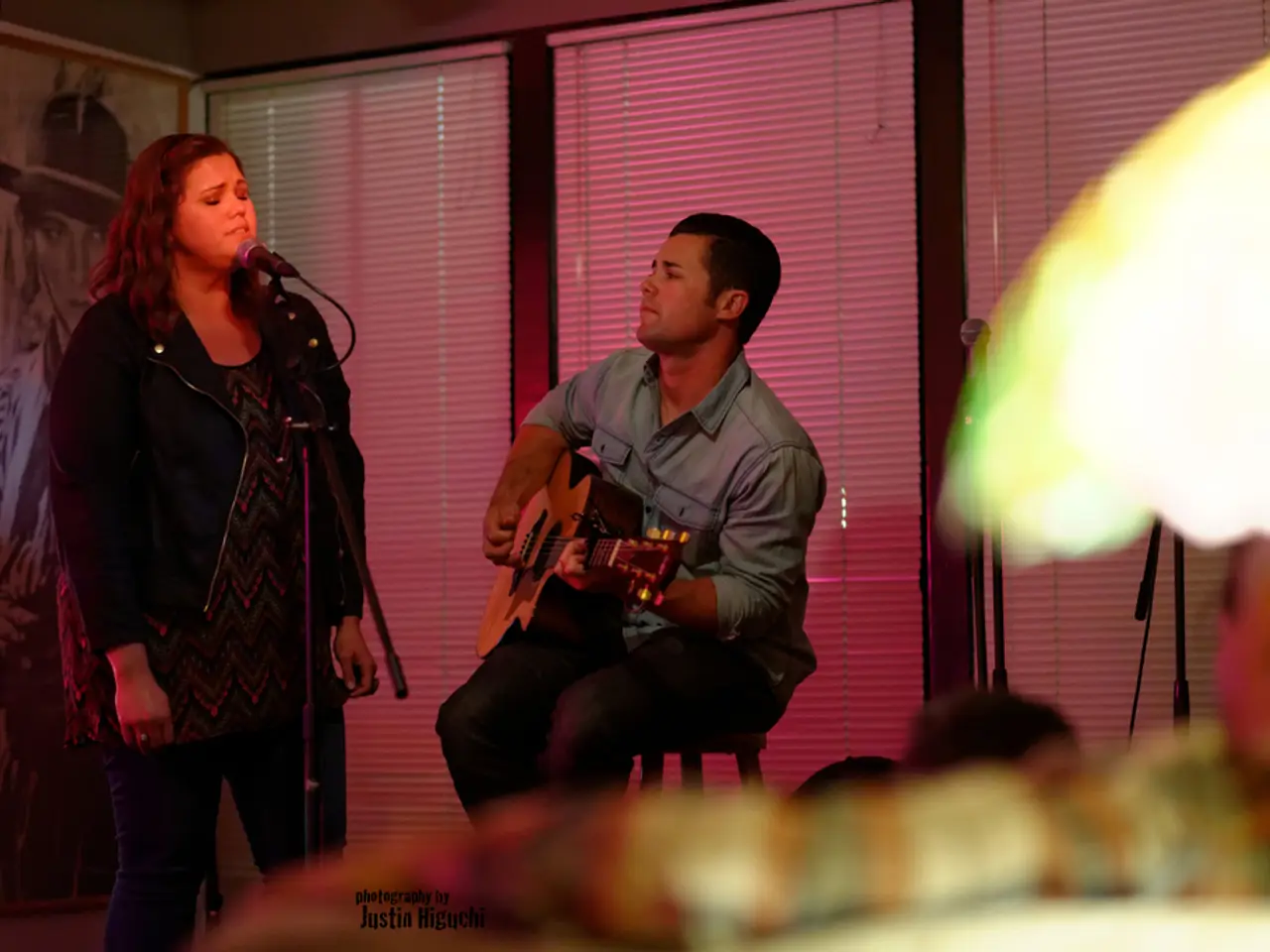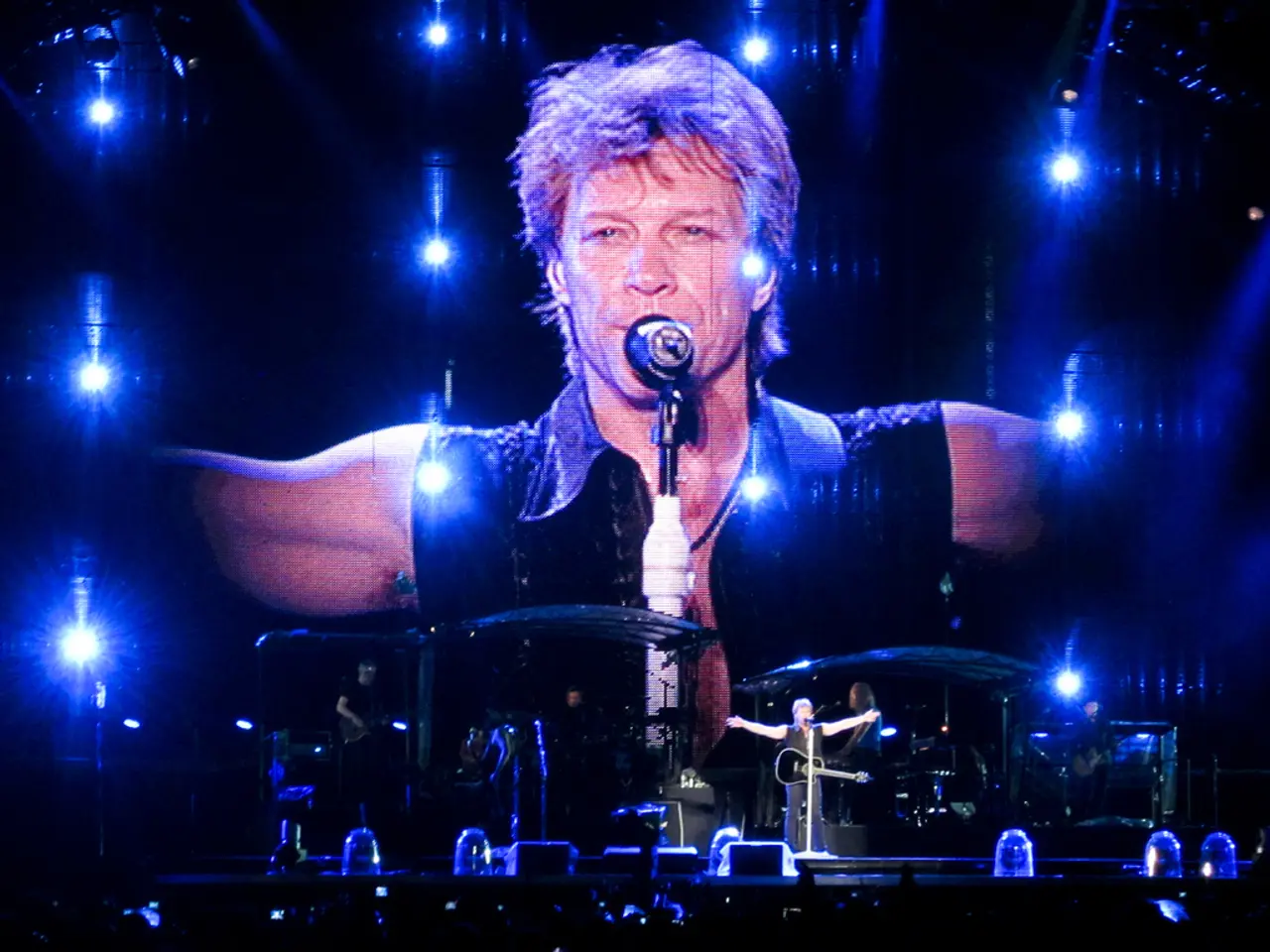Paul Thomas Anderson's Unique Cinematic Imprint: Investigating His Iconic Movies
Paul Thomas Anderson: A Modern Master of Cinematic Storytelling
Paul Thomas Anderson, a contemporary filmmaking titan, is renowned for his intricate narratives and immersive filmmaking style. His work delves deeply into the human psyche, offering a rich tapestry of character depth and emotional complexity.
Anderson's films are marked by a distinctive auteur style that captivates audiences and critics alike. Key visual storytelling techniques and cinematic innovations, such as long, fluid tracking shots, complex character-driven narratives, and rich ensemble casts, are employed to create immersive atmospheres.
One of Anderson's signature techniques is the use of extended single-take shots that track characters through complex environments, creating a sense of realism and immersion while maintaining dynamic storytelling flow. This can be seen in films like Boogie Nights and Magnolia.
His films often weave multiple character arcs together, providing a deep dive into human psychology and relationships. Notable examples include Magnolia and Licorice Pizza.
Anderson meticulously crafts the visual feel of specific eras to support narrative themes and mood. For instance, the 1970s in Boogie Nights and Licorice Pizza, and mid-20th century in Phantom Thread.
Music in Anderson's films intertwines with storytelling, enhancing emotional resonance. He has been inspired by musicians like Aimee Mann, and this can be notably observed in Magnolia.
Anderson often collaborates with top cinematographers like Robert Elswit to achieve signature visual styles combining naturalistic lighting, deep focus, and saturated color palettes.
Despite his preference for a naturalistic approach to color palettes and lighting, Anderson isn't afraid to experiment with vibrant colors when necessary.
Innovative soundscapes in Anderson's films are crafted through a blend of natural sounds and meticulously chosen music tracks.
Anderson's characters are richly layered, often reflecting a spectrum of human emotions and moral ambiguities. His distinct visual style, marked by long takes and meticulous composition, has influenced contemporary filmmakers.
Paul Thomas Anderson's collaboration with composer Jonny Greenwood results in unique and emotionally resonant scores. Greenwood's compositions for Anderson's films feature unconventional rhythms and haunting melodies.
Anderson's work transcends traditional storytelling, blending complex characters with visually stunning compositions and evocative soundscapes. His films have a profound impact on contemporary filmmaking, challenging traditional narrative structures and inspiring modern filmmakers to explore deeper emotional landscapes in their narratives.
- Critics laud Paul Thomas Anderson for his mastery in cinematic storytelling, appreciating the depth and complexity he brings to his human characters.
- Anderson's unique auteur style in movies such as Boogie Nights and Magnolia, recognized for extended single-take shots and intricate narratives, captivates both audiences and critics.
- Known for blending multiple character arcs, filmmakers like Anderson offer insights into human psychology and relationships, as seen in Magnolia and Licorice Pizza.
- A key aspect of Anderson's filmmaking is his attention to visual details, meticulously recreating specific eras like the 1970s and the mid-20th century in films like Boogie Nights and Phantom Thread.
- The soundtracks of Anderson's movies add emotional depth, with composers like Jonny Greenwood creating unique and haunting melodies, as heard in some of Anderson's films.
- Anderson's distinctive cinematography incorporates naturalistic lighting, deep focus, and saturated color palettes, often showcased through collaborations with noted cinematographers like Robert Elswit.
- Anderson isn't solely limited to naturalistic aesthetics, as he isn't afraid to experiment with vibrant colors when appropriate, creating visually captivating scenes that stand out in the world of films-and-tv and the larger entertainment landscape.







